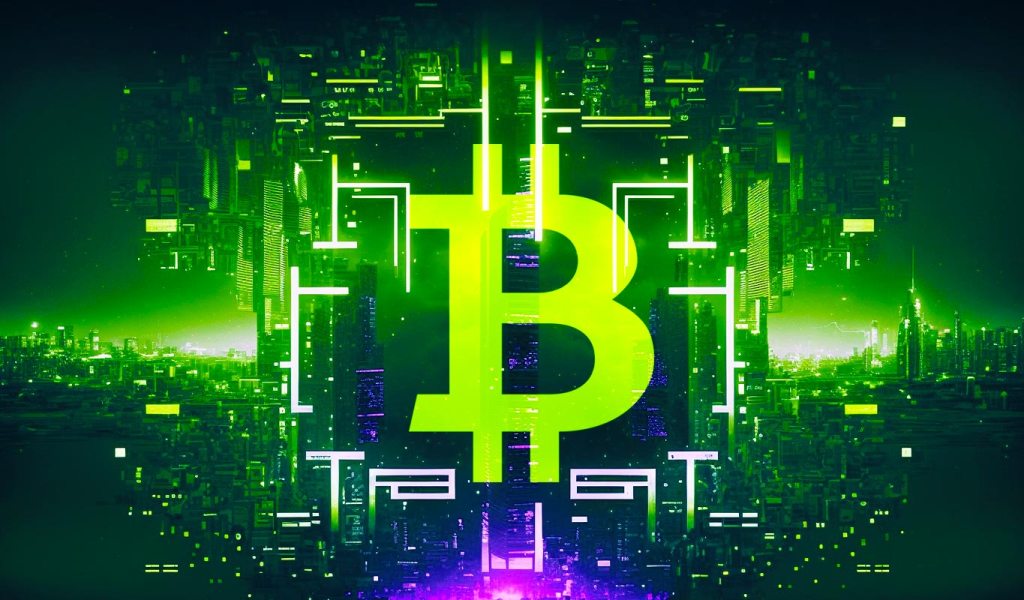
John Deaton’s remarks come amid concerns about alleged backdoors in the Bitcoin Lightning Network’s code.
Lawyer and cryptocurrency supporter John Deaton has criticized the Lightning Network, deeming it less effective than the “Spend The Bits” protocol on the XRP Ledger (XRPL). Lightning is a layer-2 scaling solution for Bitcoin. It is designed to improve the scalability and efficiency of Bitcoin (BTC) transactions by enabling off-chain, peer-to-peer transactions.
In an Oct. 21 X (formerly Twitter) post, Deaton revealed he is an angel investor in Spend the Bits, as well as its chief legal officer.
Deaton previously touted Spend The Bits as an alternative to Lightning on the Bitcoin blockchain. In September, the pro-XRP (XRP) attorney commended the protocol, characterizing it as a more secure method for using your Bitcoin than Lightning.
Let me be clear and transparent: I am now involved in @Spend_The_Bits as an angel investor and serve as its Chief Legal Officer. Therefore, please accept my comments with that in mind. But a major reason I invested in @Spend_The_Bits, or stated more accurately, invested in… https://t.co/aheyTxjGxp
— John E Deaton (@JohnEDeaton1) October 21, 2023
Deaton’s Saturday disclosure was well-timed, aligning with an X post from the online crypto investigator WhaleWire. This tweet raised concerns about a recent discovery in Lightning indicating a significant security vulnerability that prompted a developer to withdraw from the project.
As per the tweet, the developer alleged the presence of deliberate vulnerabilities in the Lightning Network's code, which could potentially provide attackers with complete network control. Notably, major backers of the Lightning Network encompass Tether, Bitfinex, and BlockStream. This claim has raised inquiries and apprehensions regarding the network's security and trustworthiness.
Related: Lightning Labs releases Taproot Assets alpha, bringing stablecoins to Bitcoin
At present, the Lightning Network can handle transactions involving just 5,338 BTC, as reported by 'IML,' constituting only 0.025% of Bitcoin's total supply. This significant trend has sparked doubts regarding the network's resilience and long-term viability. Furthermore, this alarming figure is worsened by a recent 15% reduction in the capacity of the Layer 2 payment protocol over the past approximately three months.
Magazine: Recursive inscriptions — Bitcoin ‘supercomputer’ and BTC DeFi coming soon

 " title="
" title="















